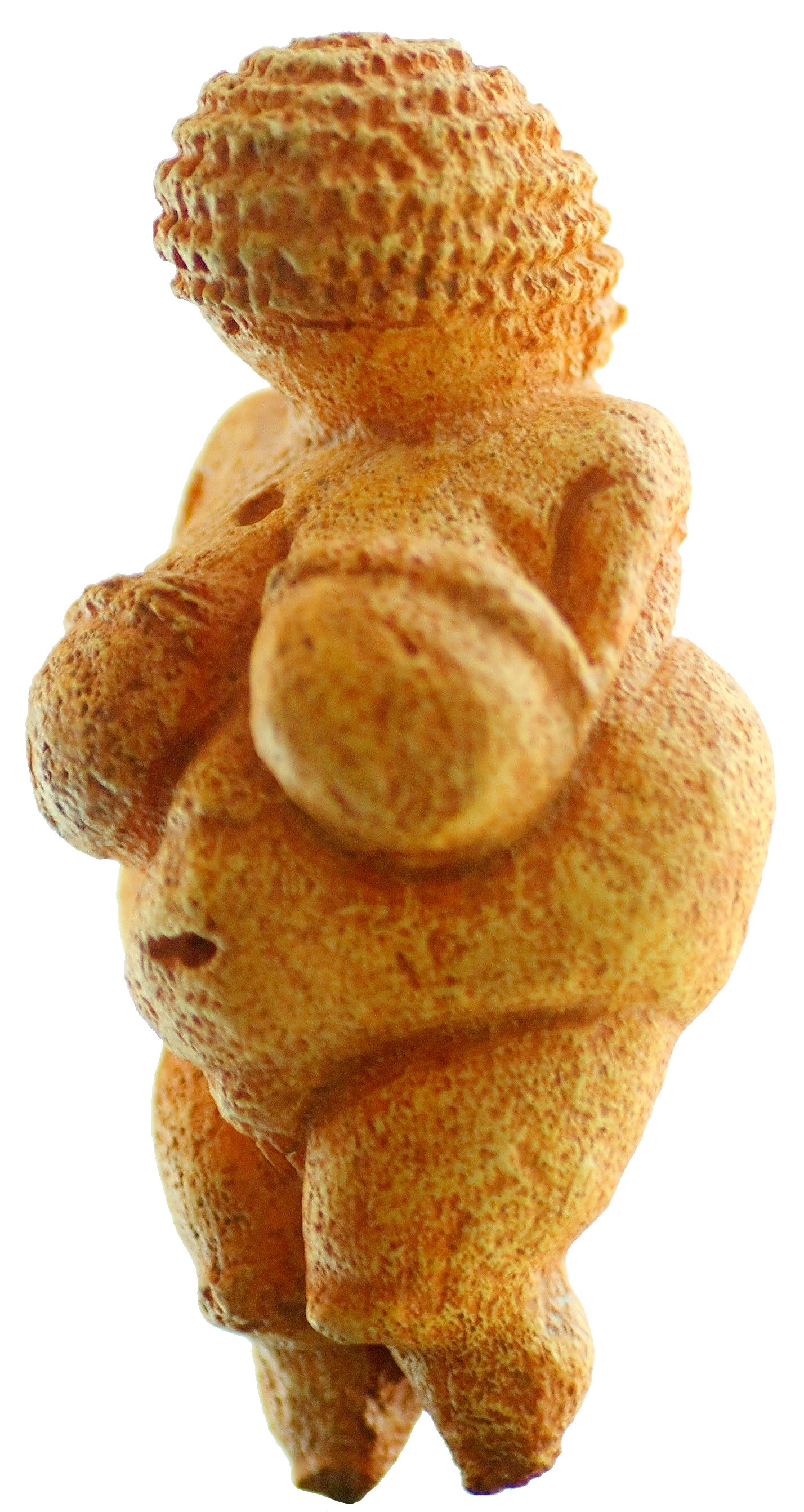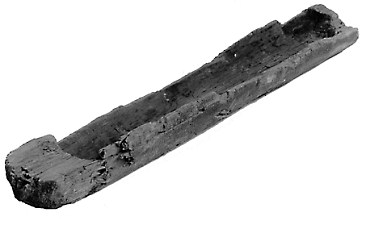The idea for this project first came from an National Public Radio report on the genomic mapping the Denisovan hominid using genetic material found in the pinkie bone of an adolescent girl who died over 40,000 years ago.
The bone fragment and tooth were found in a cave in Denisova, Siberia in 2010. Later, researchers at the Max Planck Institute for Evolutionary Anthropology were able to extract a small about of DNA from the bone and reconstruct the genome. The results were published in Science and has been widely re-reported since them.
What they discovered was astounding. The bone belonged to an entirely unique hominid, a contemporary of both early humans and neanderthals. They were also able to determine that some modern humans carry with them a small percentage of denisovan DNA. (Many modern humans carry with them some neanderthal DNA as well.)
What do we know about the Denisovan girl? She had brown hair and eyes, and was probably about 14 years old when she died.
But did the Denisovans make tools? And if so, what kinds? Did they wear clothes, did they have language, did they have rituals? What was their family structure and social order like? A bracelet was found in Denisova Cave, from which the imagine can spin, but the facts are still hard to pin down.
While one can deduce some of this based on what is known of early modern humans and neanderthals, much of this may be difficult to discern. Items such as clothing would almost certainly be made of organic matter that would not survive 40,000 years.
Images in the story depict the Denisovans as wearing clothes and braiding hair. This might have been or not, but as both genetic and archeological research continues, perhaps answers can be found.
_________________
Denisova Cave
In the Altai Mountains of Siberia (Photo. Transferred from ru.wikipedia)
Denisovan "Woman X"
~ 40,000 years old. Found in Denisova Cave in 2010. So far, a pinkie bone, a toe bone and several teeth have been found. (Photo. David Reich et al/Science)
Pinkie Bone of "Woman X"
(Photo. Max Planck Institute for Evolutionary Anthropology)
Canoe
The oldest known boat is the dugout Pesse Canoe (~ 8,000 years old), found in 1955 in the Netherlands. The oldest known skin boat was found in the arctic and is about 1,000 years old. (Photo. Drents Museum)

Mammoth
The Mammoth lived from the Pliocene to the Holocene and was found in Europe, Asia, North America and Africa. A very well preserved one-month old Mammoth baby (dubbed "Lyuba") was found in Siberia in 2007. (Photo. BBC Chinese: Jinsong Chen)
Archery
The oldest known arrowheads (though possibly dart heads) are 70,000 years old and were found in Pinnacle Point Cave in South Africa. The oldest known bow fragments (the Stellmoor Bow) were found in Germany and~ 8,000 years old. The fragments were destroyed during World War II, however. (Photo. Simen Oestmo)
Narrow-Leafed Campion (Silene stenophylla)
In 2007, ~30,000 year old frozen Campion seeds were found in Siberia. Researchers at the Russian Academy of Sciences managed to germinate the seeds, making it the oldest known plant ancient plant revived. (Photo. Yashina et al. via PNAS)
(Photo. Max Planck Institute for Evolutionary Anthropology)
Canoe
The oldest known boat is the dugout Pesse Canoe (~ 8,000 years old), found in 1955 in the Netherlands. The oldest known skin boat was found in the arctic and is about 1,000 years old. (Photo. Drents Museum)

Mammoth
The Mammoth lived from the Pliocene to the Holocene and was found in Europe, Asia, North America and Africa. A very well preserved one-month old Mammoth baby (dubbed "Lyuba") was found in Siberia in 2007. (Photo. BBC Chinese: Jinsong Chen)
Archery
The oldest known arrowheads (though possibly dart heads) are 70,000 years old and were found in Pinnacle Point Cave in South Africa. The oldest known bow fragments (the Stellmoor Bow) were found in Germany and~ 8,000 years old. The fragments were destroyed during World War II, however. (Photo. Simen Oestmo)
Narrow-Leafed Campion (Silene stenophylla)
In 2007, ~30,000 year old frozen Campion seeds were found in Siberia. Researchers at the Russian Academy of Sciences managed to germinate the seeds, making it the oldest known plant ancient plant revived. (Photo. Yashina et al. via PNAS)

Venus of Willendorf
~ 24,000 years old. Found in Austria in 1908. (Photo. Matthias Kabel)
This lion (which is possibly not really a true lion) went extinct ~ 12,000 years ago. It was found in Europe, Asia, and North America and was likely the lion-like creature depicted in the paintings of Chauvet and Lascaux Cave. (Photo. Didier Descouens.)
 Mosquito
MosquitoAt least 79 millions years old, possibly older.
The specimen depicted was found in amber in Montana and is roughly 45 million years old. (Photo. Dr. Ralph Harbach, et al.)








No comments:
Post a Comment